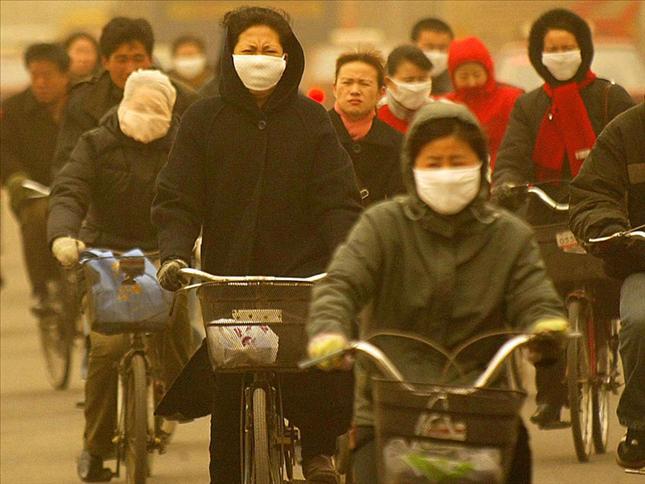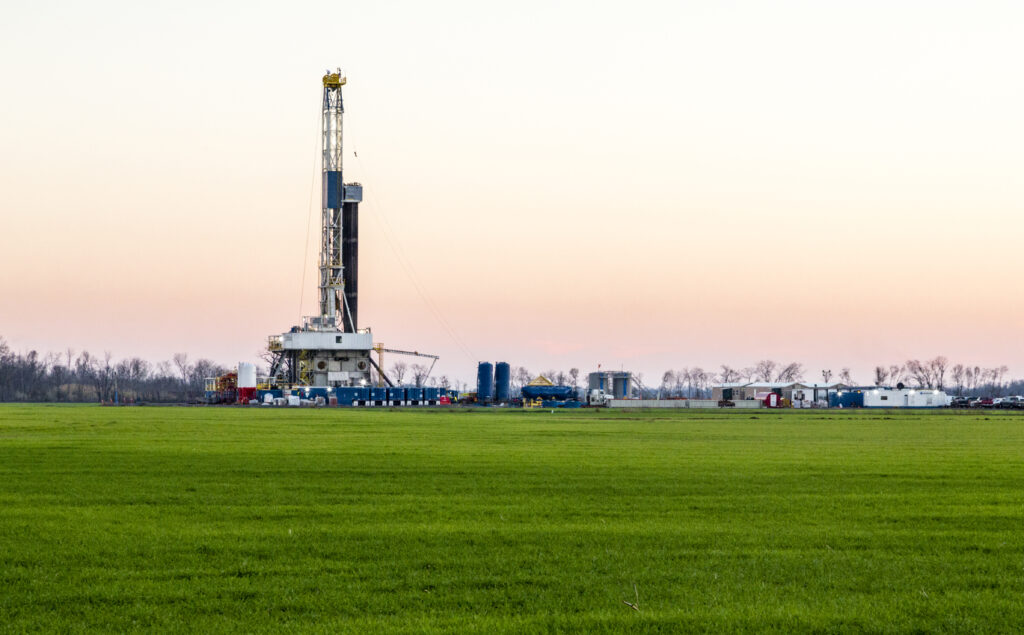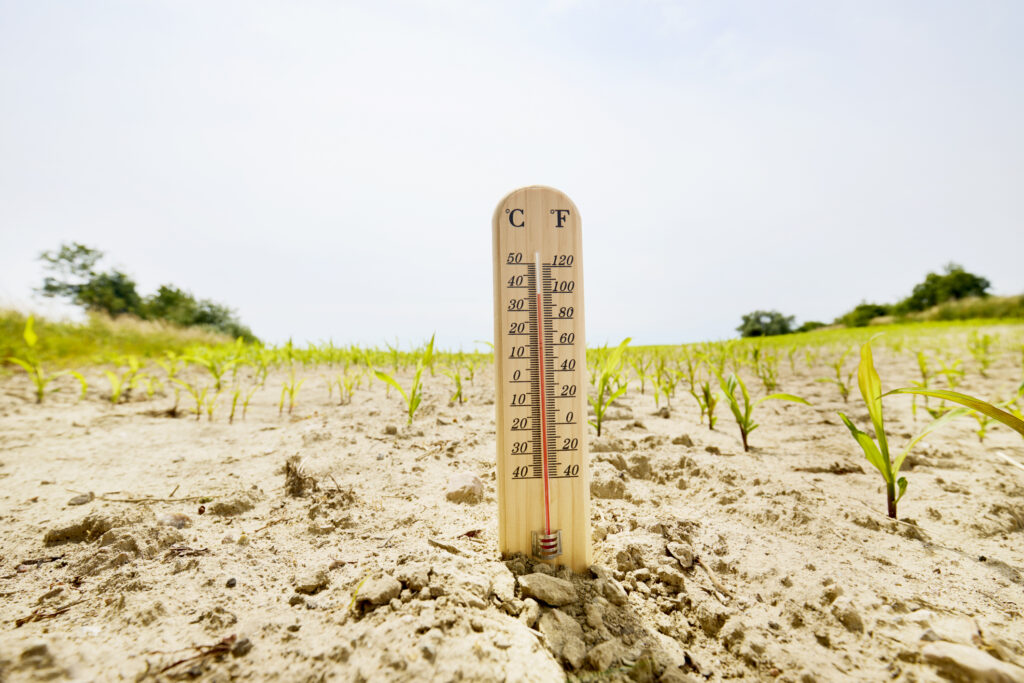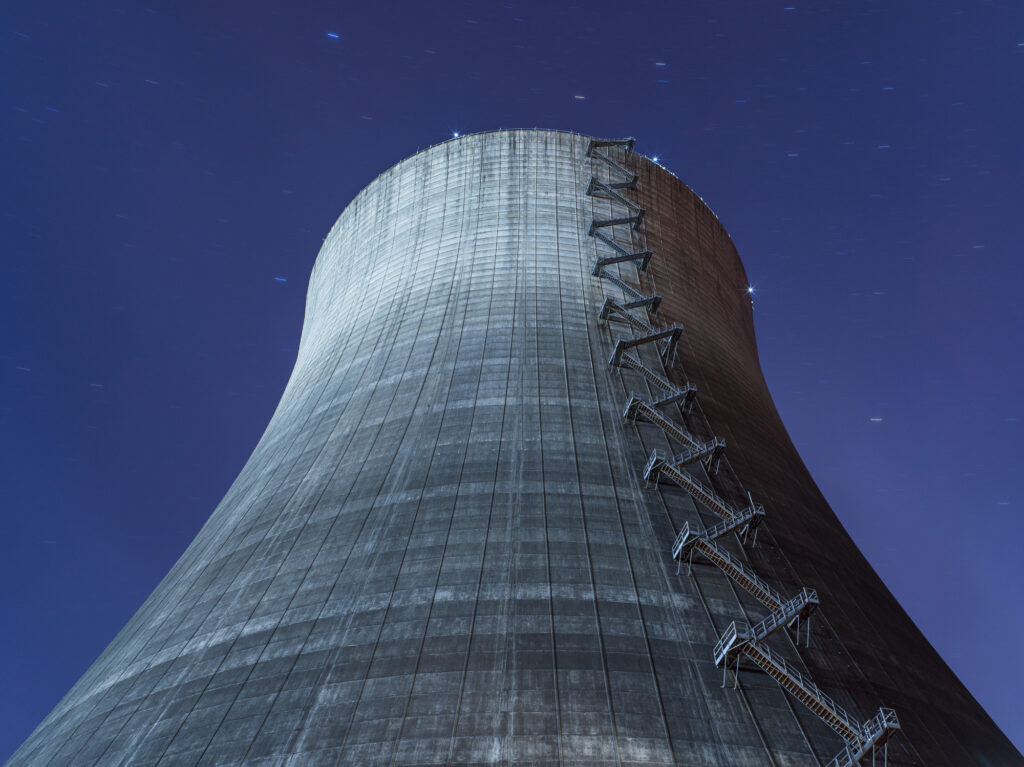Rising levels of ground-based ozone in the western United States can be traced to emissions in Asia that are transported across the Pacific Ocean by westerly winds, according to a new study in the Journal of Geophysical Research.
Significant Asian Impact
As much as 20 percent of the ground-level ozone measured in California and neighboring states originates as Asian pollution, says Meiyun Lin, the study’s lead author and an atmospheric chemist at Princeton University. The Asian emissions often push levels of ozone above the accepted federal minimum of 75 parts per billion measured as an average concentration over eight hours.
“We showed that Asian pollution directly contributes to surface ozone pollution episodes in the western United States,” said Lin in a National Oceanic and Atmospheric Administration (NOAA) press release announcing the study.
The study, “Transport of Asian Ozone Pollution into Surface Air over the Western United States in Spring,” found pollution blown across the Pacific Ocean by spring winds descends on the western United States and adds to pollution produced at the local level.
Lin led a team of 15 researchers who measured ozone coming from East Asia. China was by far the largest contributor of trans-Pacific ozone pollution.
EPA Unfairly Punishing States
Scientists have long suspected pollution in the western United States was being exacerbated by Asian emissions. The new study confirms this belief, supporting arguments from western states that the U.S. Environmental Protection Agency is unfairly imposing costly restrictions and penalties on them for pollution that is out of their control.
EPA has proposed further restrictions on ozone levels, even though western states do not have the ability to block Asian pollution from raising local ozone levels.
“This study demonstrates how dangerous EPA’s proposed ozone regulations could be,” said Dan Simmons, director of state policy at Institute for Energy Research.
“The Bush administration reduced the ozone standard to a level that is already difficult to comply with, especially with so much ‘imported’ pollution,” Simmons explained. “Before issuing any new ozone standards, EPA needs to go back to the drawing board and fix their models to account for pollution generated outside the United States.”
Bonner R. Cohen, Ph. D. ([email protected]) is a senior fellow at the National Center for Public Policy Research.





